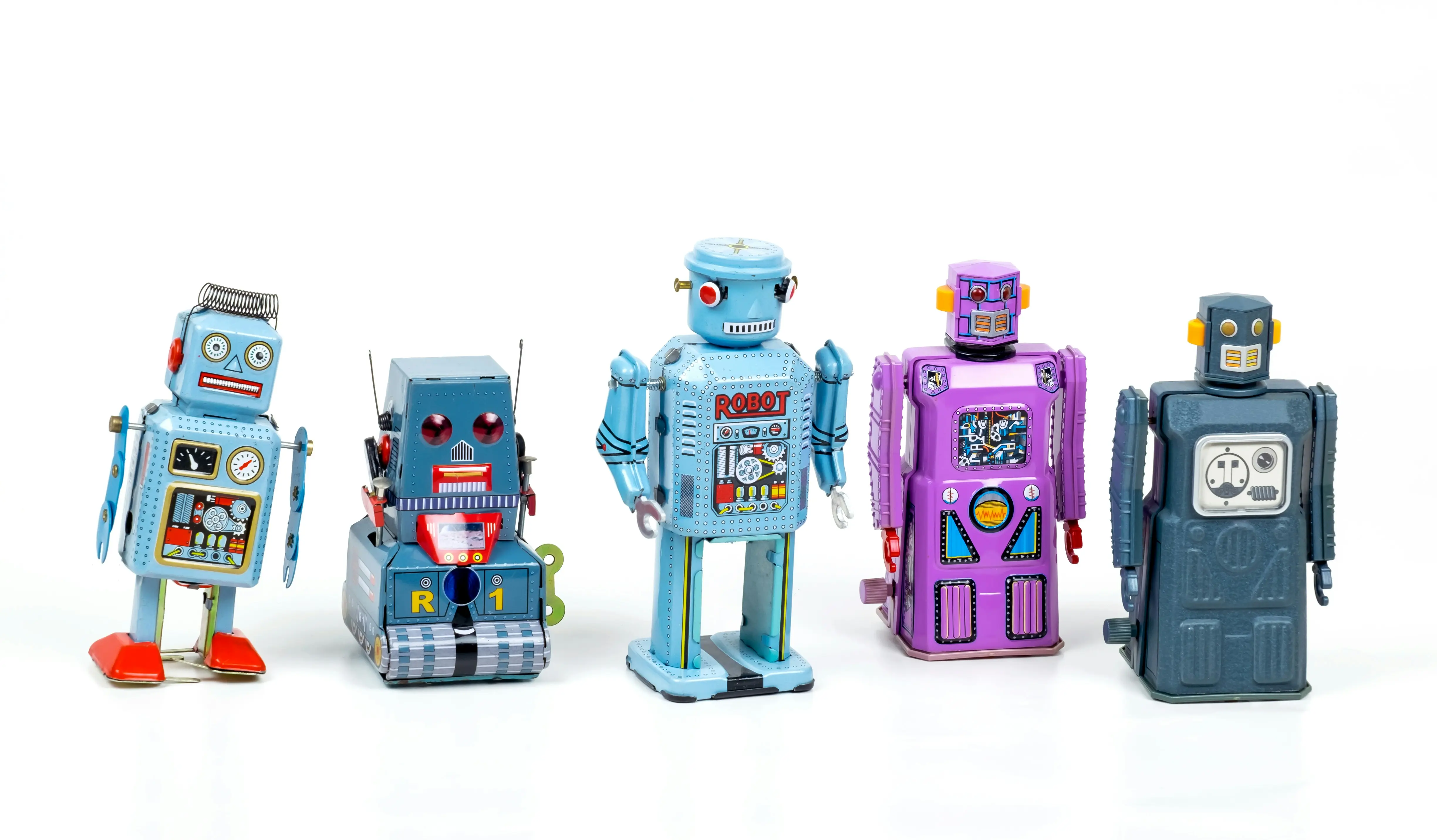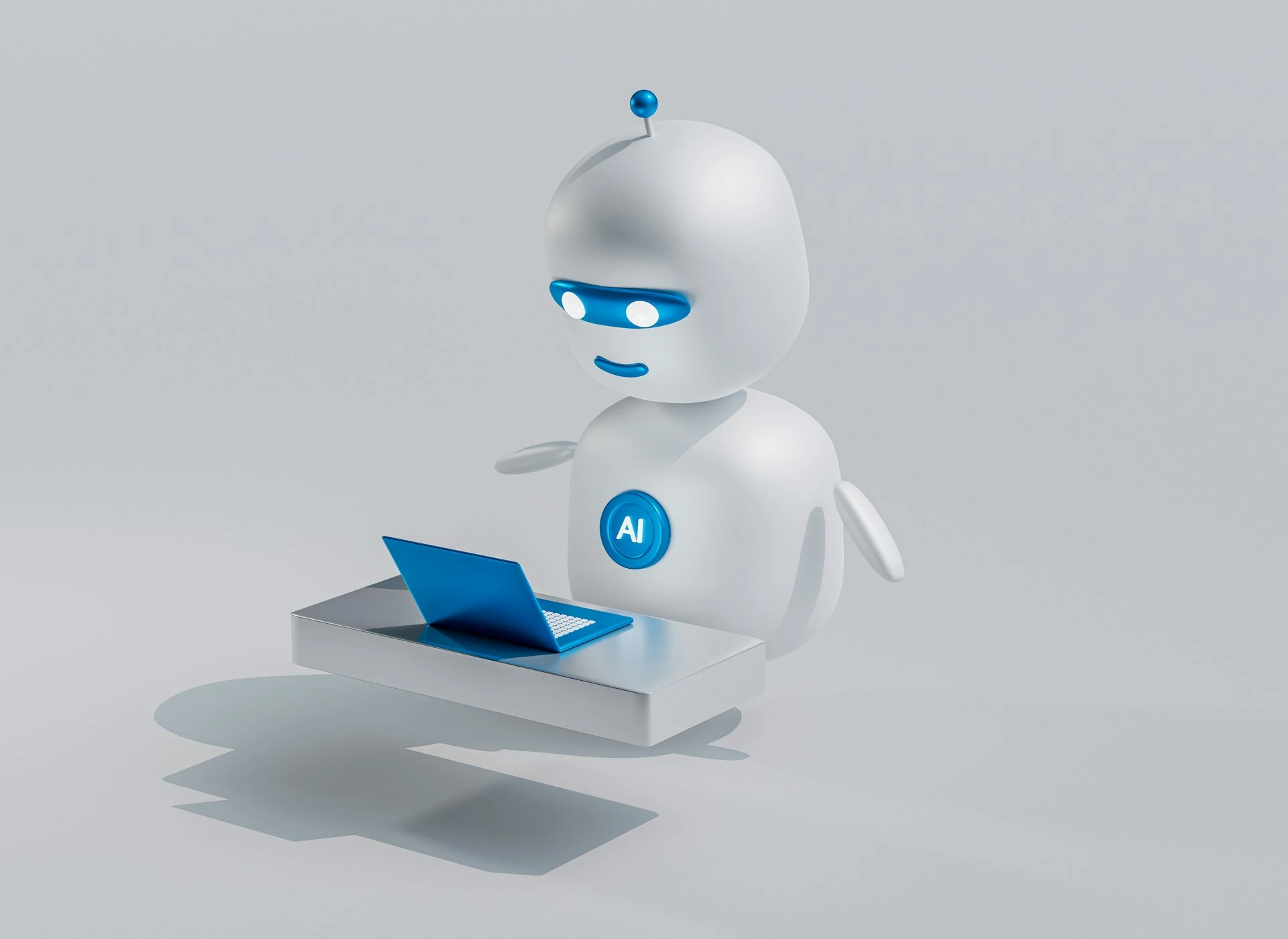
Designing and Building Model Context Protocol (MCP) Servers

Napsty Team
19 Sep 2025 - 04 Mins read
The Model Context Protocol (MCP) represents a paradigm shift in how AI systems interact with external tools and data sources. As AI applications become more sophisticated, the need for standardized ways to extend their capabilities has never been more critical. In this comprehensive guide, we'll explore how to design and build MCP servers that can seamlessly integrate with AI systems.
What is the Model Context Protocol?
The Model Context Protocol is an open standard that enables AI systems to securely connect to external data sources and tools. Think of it as a universal adapter that allows AI models to interact with databases, APIs, file systems, and custom business logic without requiring model-specific integrations.
Key Benefits of MCP
- Standardization: One protocol works across different AI systems
- Security: Built-in authentication and permission controls
- Scalability: Modular architecture supports complex integrations
- Flexibility: Supports both tools (actions) and resources (data)
Architecture Overview
An MCP server consists of several core components:
1. Transport Layer
The transport layer handles communication between the AI system and your MCP server. MCP supports multiple transport mechanisms:
- HTTP/HTTPS: For web-based integrations
- WebSocket: For real-time bidirectional communication
- Local IPC: For same-machine integrations
- Custom transports: For specialized use cases
2. Protocol Handler
The protocol handler manages MCP message formatting, routing, and validation. It ensures all communications follow the MCP specification and handles error conditions gracefully.
3. Tool Registry
Tools are functions that the AI can invoke to perform actions. Your MCP server maintains a registry of available tools, their schemas, and execution logic.
4. Resource Manager
Resources represent data that the AI can access for context. This could be files, database records, API responses, or any structured information.
Designing Your MCP Server
Define Your Use Case
Before writing code, clearly define what your MCP server will accomplish:
- What tools will you provide? (e.g., database queries, API calls, file operations)
- What resources will you expose? (e.g., documentation, configuration files, data sets)
- Who will use it? (internal teams, customers, public)
- What security requirements exist?
Schema Design
MCP uses JSON Schema to define tool parameters and resource structures. Well-designed schemas are crucial for AI systems to understand how to use your tools effectively.
{
"name": "search_database",
"description": "Search the customer database",
"inputSchema": {
"type": "object",
"properties": {
"query": {
"type": "string",
"description": "Search query"
},
"limit": {
"type": "integer",
"default": 10,
"maximum": 100
}
},
"required": ["query"]
}
}
Error Handling Strategy
Design comprehensive error handling from the start:
- Validation errors: Invalid parameters or missing required fields
- Authentication errors: Unauthorized access attempts
- Rate limiting: Too many requests
- External service failures: Database timeouts, API errors
- Resource not found: Requested data doesn't exist
Implementation Best Practices
1. Start Simple
Begin with a minimal viable MCP server that implements one or two core tools. This allows you to:
- Validate your architecture decisions
- Test integration with AI systems
- Gather user feedback early
- Iterate quickly on design
2. Implement Proper Logging
Comprehensive logging is essential for debugging and monitoring:
import logging
from mcp import MCPServer
logger = logging.getLogger(__name__)
class MyMCPServer(MCPServer):
async def handle_tool_call(self, tool_name, parameters):
logger.info(f"Tool called: {tool_name} with params: {parameters}")
try:
result = await self.execute_tool(tool_name, parameters)
logger.info(f"Tool {tool_name} completed successfully")
return result
except Exception as e:
logger.error(f"Tool {tool_name} failed: {str(e)}")
raise
3. Design for Scalability
Even if starting small, design your MCP server with growth in mind:
- Modular tool organization: Group related tools into modules
- Configuration management: Externalize settings and credentials
- Connection pooling: Reuse database and API connections
- Caching strategies: Cache frequently accessed resources
4. Security First
Security should be built into every layer:
- Input validation: Sanitize all incoming parameters
- Authentication: Verify client identity
- Authorization: Control access to tools and resources
- Rate limiting: Prevent abuse
- Audit logging: Track all actions for compliance
Testing Your MCP Server
Unit Testing
Test individual tools and resources in isolation:
import pytest
from your_mcp_server import DatabaseTool
@pytest.mark.asyncio
async def test_search_database():
tool = DatabaseTool()
result = await tool.search(query="test", limit=5)
assert len(result) <= 5
assert all("test" in str(record).lower() for record in result)
Integration Testing
Test the complete MCP protocol flow:
@pytest.mark.asyncio
async def test_mcp_protocol():
server = MyMCPServer()
# Test tool discovery
tools = await server.list_tools()
assert "search_database" in [tool.name for tool in tools]
# Test tool execution
result = await server.call_tool("search_database", {"query": "test"})
assert result.success
Load Testing
Simulate realistic usage patterns to identify bottlenecks:
- Concurrent tool executions
- Large parameter payloads
- Extended resource access patterns
- Network latency scenarios
Deployment Considerations
Environment Configuration
Use environment variables for configuration:
import os
from dataclasses import dataclass
@dataclass
class Config:
database_url: str = os.getenv("DATABASE_URL")
api_key: str = os.getenv("API_KEY")
max_connections: int = int(os.getenv("MAX_CONNECTIONS", "10"))
log_level: str = os.getenv("LOG_LEVEL", "INFO")
Monitoring and Observability
Implement comprehensive monitoring:
- Health checks: Endpoint to verify server status
- Metrics collection: Tool usage, response times, error rates
- Distributed tracing: Track requests across services
- Alerting: Notify on failures or performance degradation
Documentation
Create thorough documentation for users:
- Tool reference: Description, parameters, examples
- Resource catalog: Available data sources and formats
- Authentication guide: How to connect and authenticate
- Troubleshooting: Common issues and solutions
Real-World Example: Customer Support MCP Server
Let's walk through building an MCP server for customer support:
Tools Provided
search_tickets: Find support tickets by criteriacreate_ticket: Create new support ticketsupdate_ticket_status: Change ticket statusget_customer_info: Retrieve customer details
Resources Exposed
- Knowledge base articles
- Product documentation
- FAQ database
- Team contact information
Implementation Highlights
from mcp import MCPServer, Tool, Resource
from typing import Dict, Any, List
class CustomerSupportMCP(MCPServer):
def __init__(self):
super().__init__()
self.register_tools()
self.register_resources()
def register_tools(self):
self.add_tool(Tool(
name="search_tickets",
description="Search support tickets",
handler=self.search_tickets,
schema={
"type": "object",
"properties": {
"status": {"type": "string", "enum": ["open", "closed", "pending"]},
"customer_id": {"type": "string"},
"priority": {"type": "string", "enum": ["low", "medium", "high"]}
}
}
))
async def search_tickets(self, parameters: Dict[str, Any]) -> List[Dict]:
# Implementation here
pass
Future Considerations
As MCP adoption grows, consider these emerging patterns:
Composable MCP Servers
Design servers that can work together, with one MCP server calling tools from another.
AI-Assisted MCP Development
Use AI to help generate tool schemas, documentation, and test cases.
Industry-Specific Standards
Participate in developing MCP conventions for your industry or domain.
Conclusion
Building effective MCP servers requires careful planning, solid engineering practices, and a deep understanding of how AI systems will interact with your tools and resources. Start with clear requirements, implement incrementally, and always prioritize security and user experience.
The Model Context Protocol represents the future of AI system extensibility. By mastering MCP server development now, you're positioning yourself at the forefront of the AI integration revolution.
Ready to build your first MCP server? Start with a simple use case, follow the patterns outlined in this guide, and don't hesitate to iterate based on real-world usage. The AI ecosystem is waiting for the innovative tools and resources you'll create.
Need help implementing MCP servers for your organization? Contact our team for expert AI development and consulting services.

